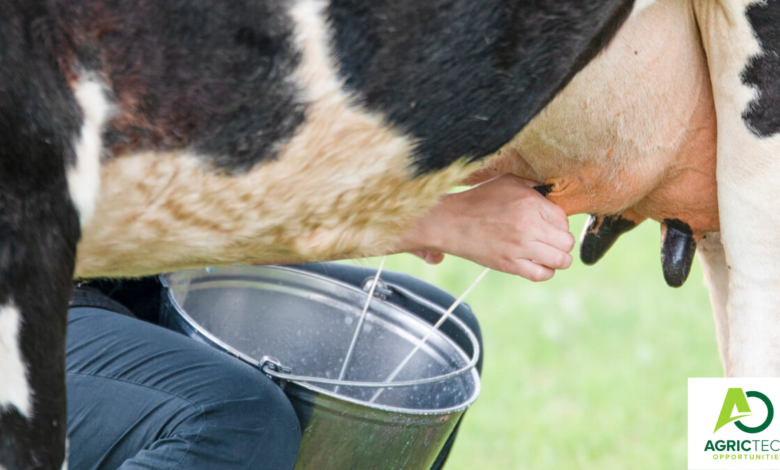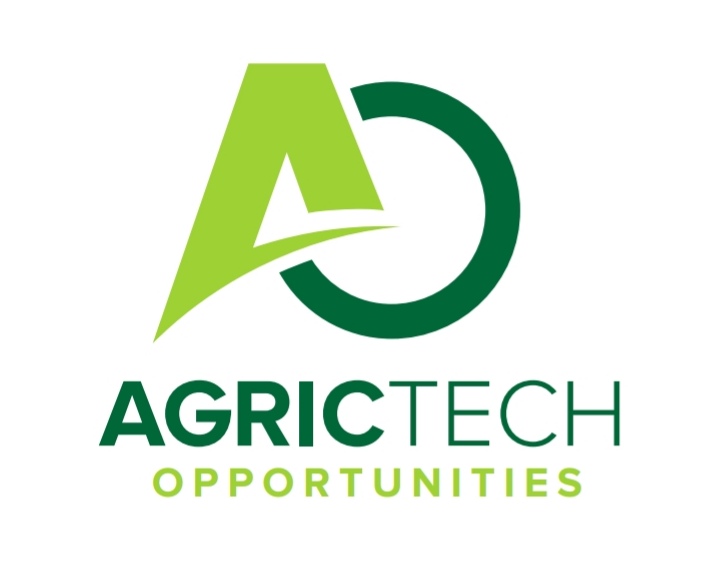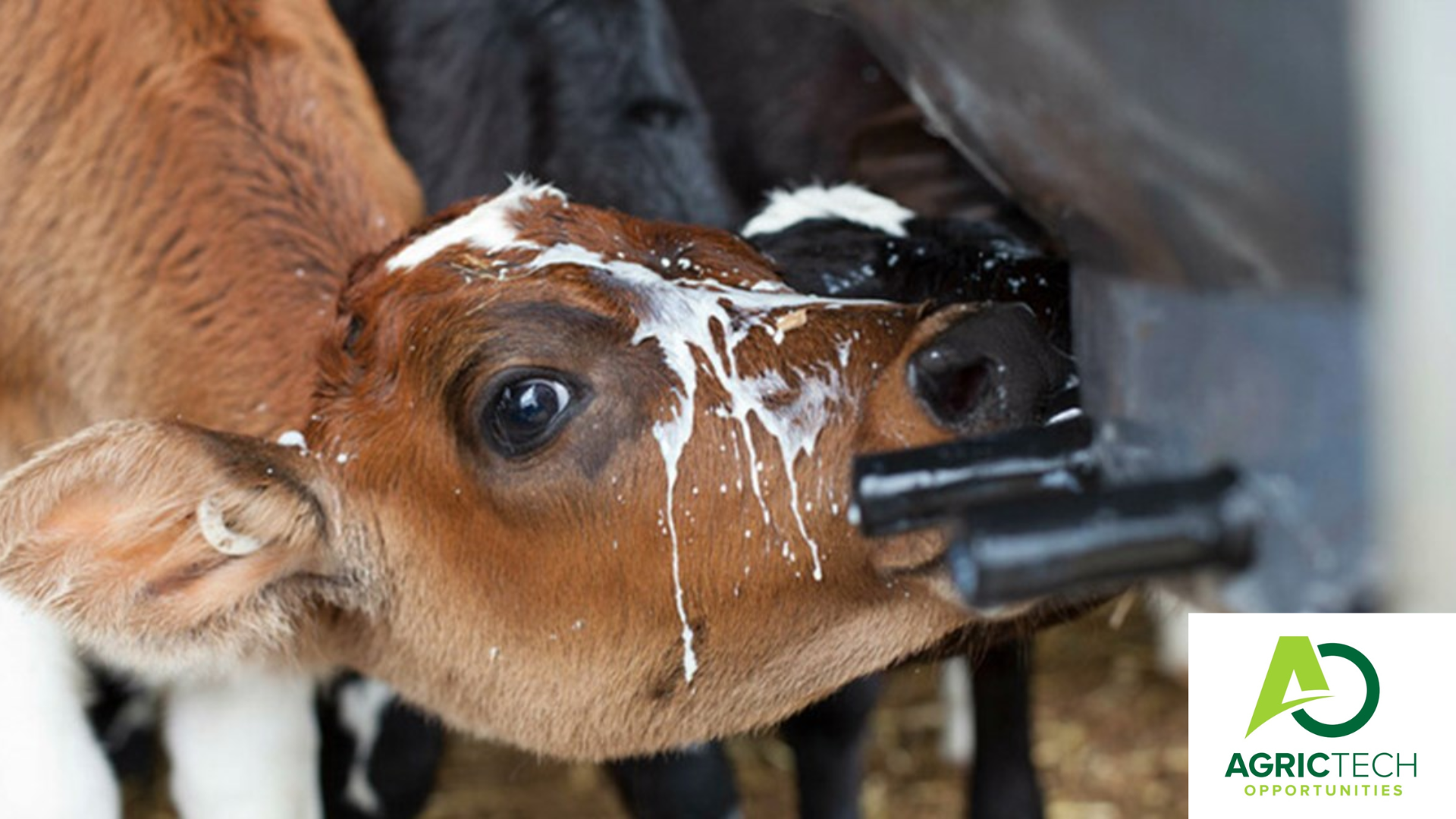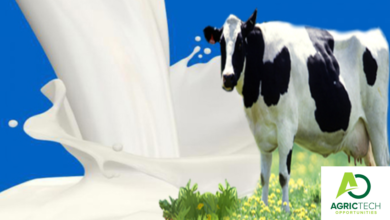Fascinating Correct Procedures Of Milking The Cow 2023

Host
Global Dairy Production
Target Audience
Dairy Farmers
Introduction
Milking the cow is the process of extracting milk from a cow’s udder. It is an essential task in dairy farming and requires proper technique and conditions to ensure the milk is of high quality and the cow is comfortable. In this article are some 7 pre-conditions for correct milking in detail.
7 Pre-conditions for correct milking
- Keep cows comfortable, cool, with clean and dry udders
- Milk at same time always
- Be friendly to the animals during whole milking process
- Carefully stimulate milk letdown
- Give all attention to milking when its time to milk
- Stimulation for milk let-down:
- ‘Activate’ milk secreting cells (alveoli) located deep within the udder are responsible for producing milk
ALSO READ: All You Need To Know About Dairy Milk Quality 2023 Addition
The milking equipment, such as milking machines or hand milking utensils, should be clean and in good working condition. Regular maintenance and cleaning of the equipment are necessary to ensure proper milking and prevent contamination.
Biosynthesis of milk
Milk is synthesized in the mammary gland. Within the mammary gland is the milk producing unit, the alveolus. The alveolus contains a single layer of epithelial secretory cells surrounding a central storage area called the lumen, which is connected to a duct system. The secretory cells are, in turn, surrounded by a layer of myoepithelial cells and blood capillaries.
Dairy Definition of terms
Alveoli – Discrete milk producing unit or sack-like structures where milk is synthesized and secreted. It is estimated to hold approximately1/5 of a drop of milk. Its lumen is lined by a single layer of secretory epithelial cells surrounded by contractile myoepithelial cells.
Lobules – Are clusters of 150-220 alveoli encapsulated by a connective tissue sheath, it is approx. 0.7 to 0.8 mm in diameter.
Lobe – Are groups of lobules surrounded by a connective tissue sheath. Each mammary gland is made of numerous lobes.
ALSO READ: Understanding The Ostrich Industry In Zimbabwe and South Africa 2023 Guide 2023‘
Storage of milk
About 60% is stored within the alveoli and small ducts that drain the alveoli, until milking. The remainder is stored in large ducts and udder cistern
Milk synthesis
The raw materials are transported via the bloodstream to secretory cells. It takes 400-800 L of blood to deliver components for 1 L of milk. Proteins: Amino acids in the blood forms the building blocks. Aggregation begins in Golgi vesicles within the secretory cell.
Lipids-C4-C14 fatty acids are synthesized in the cells. C16 and greater fatty acids are preformed through rumen hydrogenation and are transported directly in the blood. Lactose: milk is in osmotic equilibrium with the blood and is controlled by lactose, K, Na, Cl: lactose synthesis regulates the volume of milk secreted.
Happens within the cells, mainly by the endoplasmic reticulum (ER) and its attached ribosomes. The energy for the ER is supplied by the mitochondria. The components are then passed along to the Golgi apparatus. Golgi apparatus are responsible for their eventual movement out of the cell in the form of vesicles. nBoth vesicles containing aqueous non-fat components, as well as liquid droplets (synthesized by the ER) must pass through the cytoplasm and the apical plasma membrane to be deposited in the lumen. It is thought that the milk fat globule membrane is comprised of the apical plasma membrane of the secretory cell.
Cows should be handled gently and calmly during the milking process. Stress or discomfort can affect milk letdown and quality. It is important to approach the cow calmly, avoid loud noises or sudden movements, and provide a comfortable and quiet environment.
Milking should be done using the correct technique to ensure complete milk removal and prevent damage to the udder. This includes proper hand placement, gentle squeezing or pulsating action, and regular switching of teats to ensure equal milk flow.
ALSO READ: The Benefits of Doing an Internship: How It Can Help You Get Ahead in Your Career
Milk let-down (Milk ejection)
Milk let-down is due to milking stimuli. Milking stimuli include processes as suckling calf, a warm wash cloth, the regime of parlour etc. Milking stimuli causes the release of a hormone called oxytocin. Oxytocin is released from the posterior pituitary gland, below the brain, to begin the process of milk let-down.
Oxytocin
Stimulation of oxytocin causes muscles to begin to compress the alveoli. Oxytocin contracts myoepithelial cells surrounding the alveolus. It takes 45s to 1 min for oxytocin to travel to target.
Effects of oxytocin
Compression causes a pressure in the udder known as letdown reflex, and the milk components stored in the lumen are released into the duct system. The milk is forced down into the teat cistern from which it is milked. The let-down reflex fades as the oxytocin is degraded, within 4-7 minutes. When milk is not removed it moves back to lumen of alveoli, 2nd ejection can happen 15 or so min later
Excitement
Adrenalin interferes with action of oxytocin. If excitement occurs before stimulation, let-down will not occur. Excitement can result from, presence of new milker, sudden arrival of motor bikes, dogs barking, strangers in parlour, pain from clusters. Correct milk let-down prevents over milking.
Pre-milking procedure
1. Stimulation: Attach the milking machine at 1 minute from time that stimulation begins and attached milking units within 1.5 minutes
2. Milkers to wear gloves: S. aureus has been isolated from noses and hands of dairy workers, in England reduced new mastitis infections by 44% by using rubber gloves
3. Use strip-cup: Strip 4-5 squirts from each quarter, it allows detection of early stages of clinical mastitis, removes foremilk, may serve as the primary stimulus for milk let-down, and assists in reducing mastitis.
Using strip-cup
Use a black cup. Look for the presence of flakes, clots or stringiness, or watery secretions. Reduced udder infection from 18 to 7% in some studies in the US. Many mastitis organisms are air-borne and live outside the udder.
4. Wash Teats with a Sanitizing Solution: Scrub teats and teat ends thoroughly with a paper towel or direct a stream of sanitizing solution on the teats and wash by hand. The milking area should be clean and free from dirt, dust, and other contaminants. This helps prevent the introduction of bacteria into the milk and reduces the risk of mastitis, a common udder infection in cows. Remove all dirt and manure from teats, including back sides of teats that are most difficult to reach. Do not wash teats with a common sponge or cloth. Use paper towel on one cow only.
5. Pre-dipping: destroy those microorganisms which contaminate the teat skin between milking. Teats are dipped in germicidal teat dip prior to milking. It can serve as a substitute for washing teats with sanitizer. Dirty teats must be cleaned before pre-dipping. Before milking, the udder should be thoroughly cleaned and dried.
This removes any dirt or debris that may be present on the udder, reducing the risk of contamination. A clean udder also makes it easier to attach the milking machine or to hand-milk the cow. Dip should remain on the teat approximately 30 seconds before it is dried-off with a paper or cloth towel. Drying is important to avoid increased teat dip residues in milk.
6. Cleaning and Sanitizing Gel:
Can use washing with water followed by iodine pre-dip. Gel containing 0.5% iodophor and glycerol when applied to teats for 30 seconds and dried with a single service paper towel reduce somatic cell counts, bacteria counts, infection rate, and cases of clinical mastitis. The gel resulted in shorter prep times and greater parlor throughput
7. Dry Teats Thoroughly
Hygienic Milk Storage: After milking, the milk should be immediately transferred to clean and sanitized containers for storage. Proper temperature control and hygiene practices should be followed to prevent bacterial growth and maintain milk quality.
By following these pre-conditions for correct milking, dairy farmers can ensure the production of high-quality milk and the well-being of their cows.
ALSO CHECK: 4 Ways To Increase Live Weight In broilers And Egg Size In layers
For more updates On Agric Tech Opportunities kindly join the social groups below:




